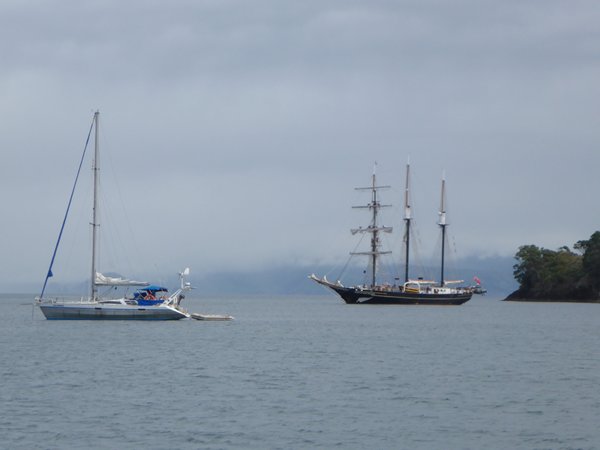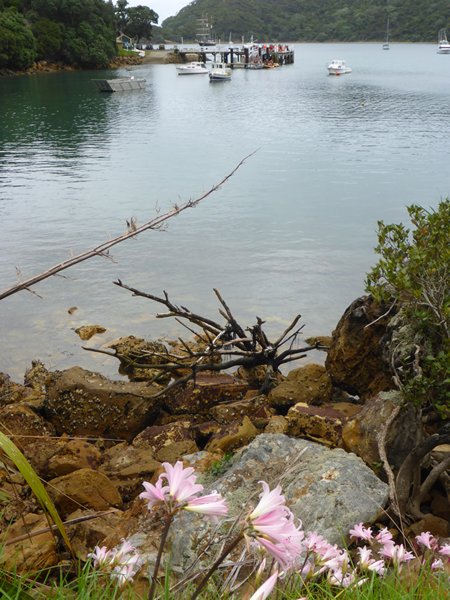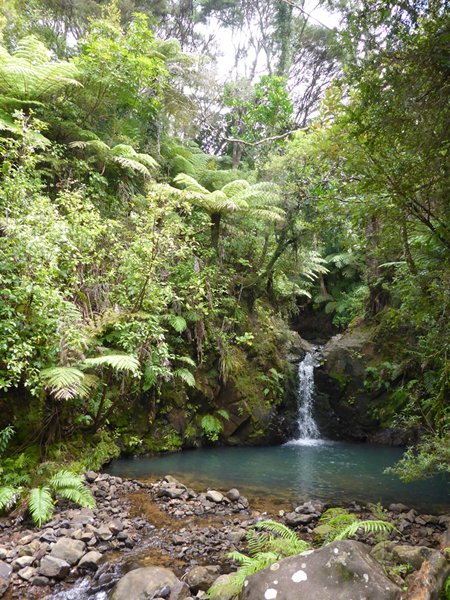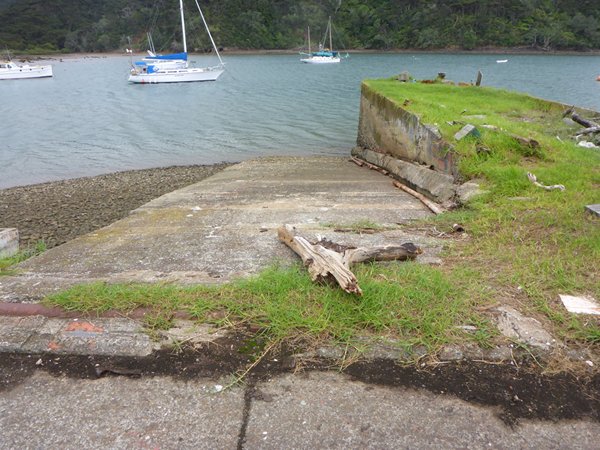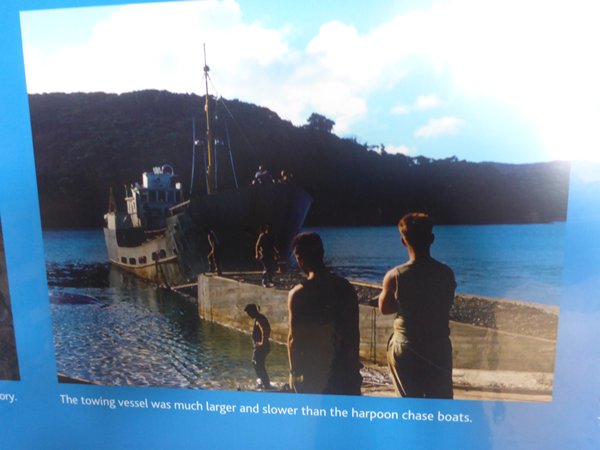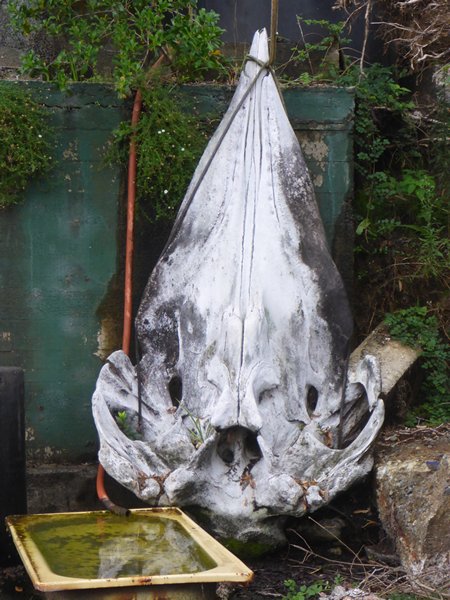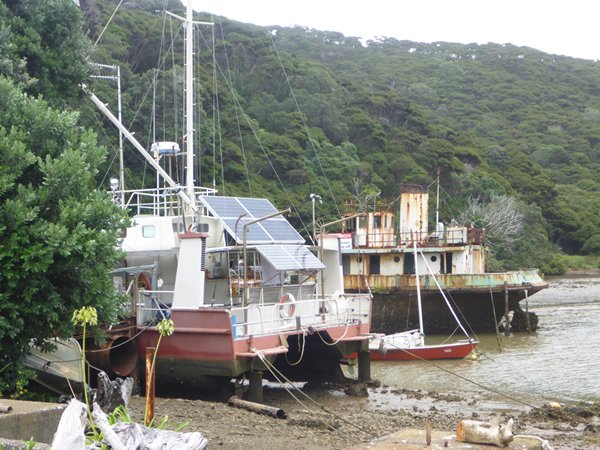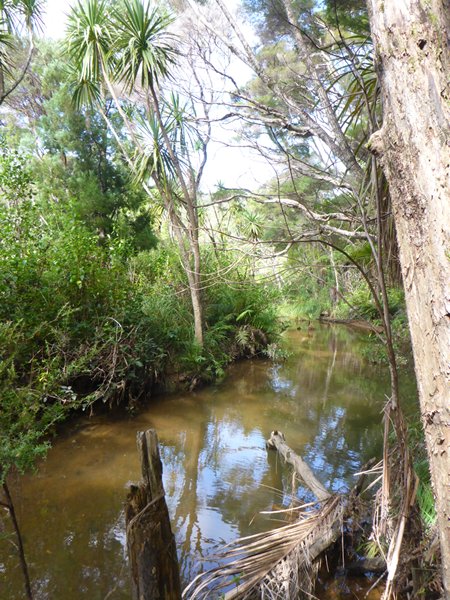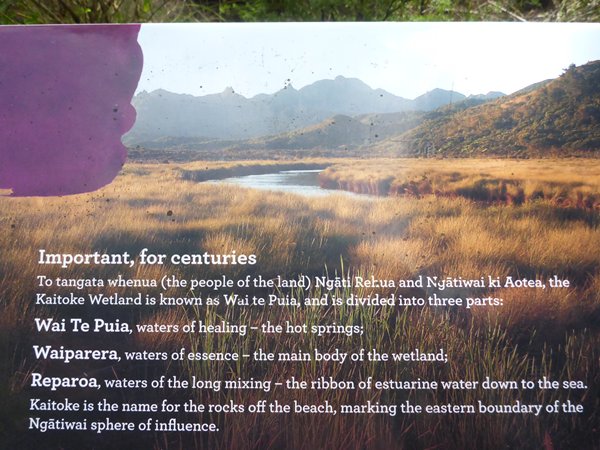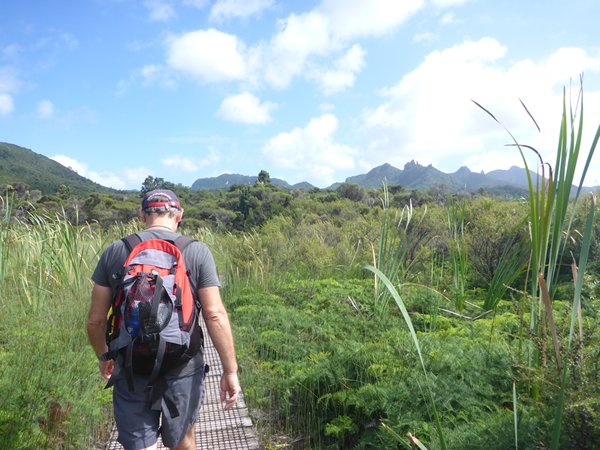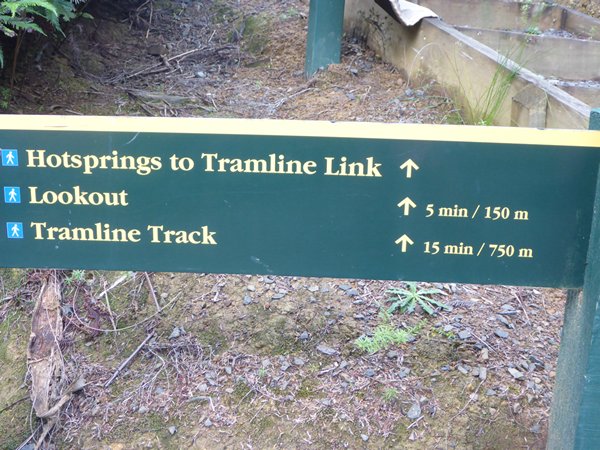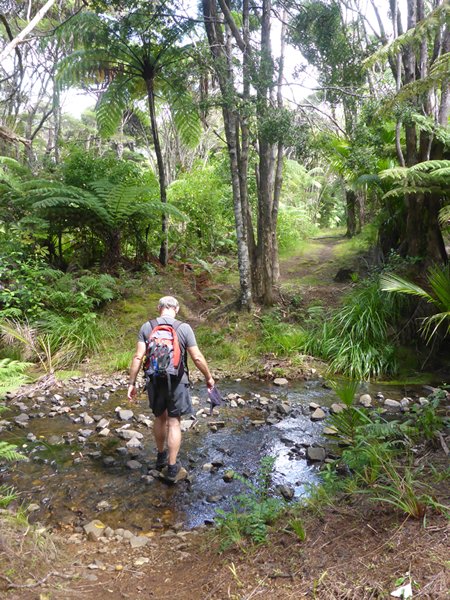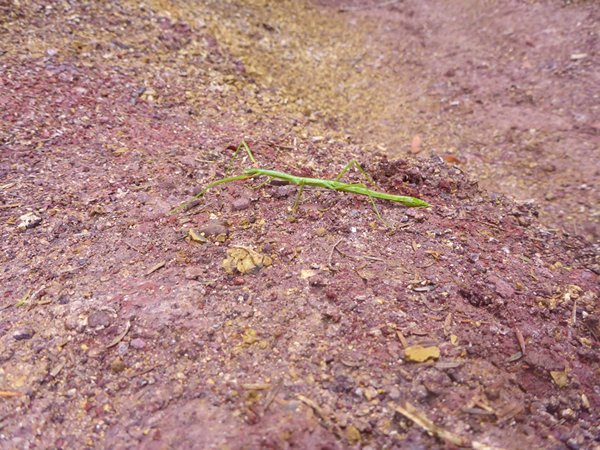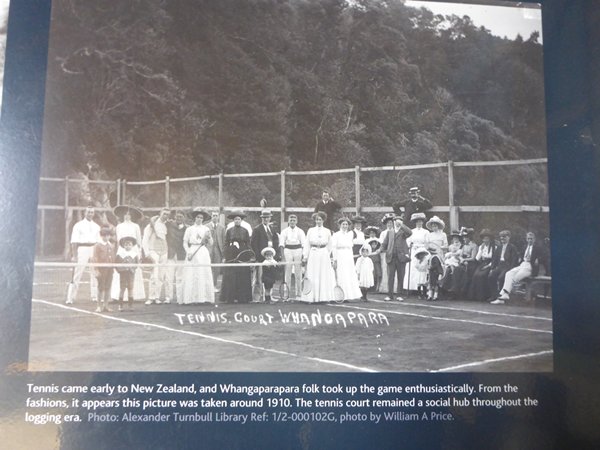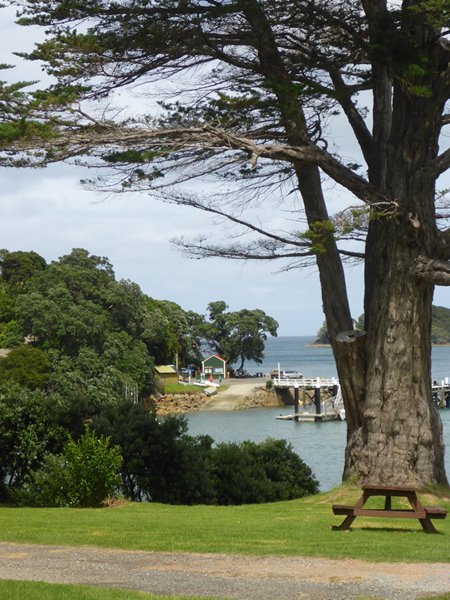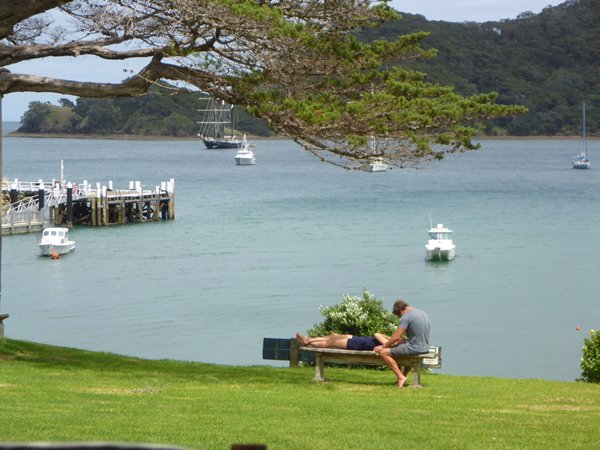Great Barrier Island Whangaparapara Bay

|
Whangaparapara Bay 36’15S 175’24’E The journey from our first bay to this one was an unexpected pleasure of birdlife. Numerous little groups of Little Blue Penguins showed just above the water surface and dived before I could ever get a photo of them. I thought they only lived on the South Island, where we had seen them on the Otago Peninsula for example. To see them in such numbers was a delight, especially as they have had a poor breeding season due to the king tides combined with cyclones having floated most of their nests away. On a rocky island a gannet colony thrived well above the high tide level and the craggy, crack riddled nature of the rocks provided numerous nesting opportunities for other birds. Shearwater and rare black petrels swooped around us as we approached our bay which was graced with the presence of the beautiful square-sail schooner Spirit of New Zealand. I asked one of her volunteer crew, “Is she a topsail schooner?” “I have no idea.” Was her reply. She had four square sails on her foremast anyway. Whangaparapara Bay has borne witness to phenomenal phases of industry in the past 200 years from the major industries of timber extraction and milling and whaling to smaller concerns like gum digging, gold mining and illicit distilling of moonshine. Way back in 1769 during his first explorative circumnavigation Captain Cook was venturing slowly around the Coromandel peninsula area a few miles to the south west from here with his crew aboard The Endeavour. He went ashore in one place and using his quadrant he was able to report the dimensions of a tree he found. It had a girth of 19 feet 8 inches when measured 6 feet above the ground and rose 89 feet to its first branches. He said the tree was tapered only slightly and was as straight as an arrow. He estimated there was 356 feet of timber contained. It was amongst many others of similar kind. Interesting then that the kauris extracted from here from the 1840’s for use as masts for royal navy ships had usable diameters of 21 to 24 inches and were 74 to 84 feet in length. Not only must Cook’s find have been one of the immense stands of kauri on the mainland but I wonder if it was his report which inspired the Admiralty to send ships from Britain solely with the intention of extracting the timber for this purpose. Another way the timber was brought out of the forest was by oxen and later along tramlines built through the bush. I was shocked to see from historic photos just how bare the land was during the process of building the tramlines. When we walked along some lengths of them we were shaded for the most part by the lush re-generation of palms, ferns, manuka and kanuka among other tree types so we had little awareness of the precipitous sides of the tramways. Just as well! From what I can tell there were two waves of kauri extraction before there were virtually none left. The first started as I said in the 1840’s and may have continued until the First World War interrupted it and the second period of logging was from 1920 until the last raft was towed away to Auckland in 1941. The immense Kauri Timber Company mill at Whangaparapara was in operation from 1909 to 1914 and processed logs from the Northland area around the Coromandel and Bay of Islands. All that now remains of the mill is a few stumps from the foundations and the concrete slip and quay area. We rowed over there and discovered the slip up which whales were hauled for processing from the 1950’s until 1962. The mill manager’s house used to be located here but was later floated across the bay to become part of what is now the Great Barrier Lodge at which we had a very nice evening meal with Rod and Helen from Whangarei to celebrate our 11th anniversary since we met. Briefly back to the concrete slip. At the top was painted the gridlines of a tennis court, lovingly restored I imagine by the couple who live there permanently moored up in their big sailing catamaran since the whaling era has panned out there since the mill days. Back in the prosperous times of the mill ladies in their elegant crinolines would walk along the wooden quay from the mill to play the recently introduced game of tennis and socialise. The catamaran couple are very happy to live there amidst their thriving vegetable gardens dotted around in makeshift raised beds using anything useful they can find. Where once whales’ blood drained down the concrete gulleys to the water now rainwater is collected for her garden. We embarked on the Hot Water Springs loop on the morning of our anniversary. Up the dusty road and over the island divide towards the east coast and then off to the left and through the wetlands. We had just finished our solitary lunch at the springs when three Auckland lads arrived and we chatted just as we did with the Auckland ladies. Then upwards from the hot bubbling water over bridgeless streams to the tramway accompanied by tuneful tui and friendly fantails that fly directly towards you sometimes. The terrain was moderate to hard and down one long descent the groove down which the cable passed to lower the heavy kauri logs under control was the only evidence left. Almost all the rails and sleepers have gone along with most of the bridges. A stick insect scuttled across our path and a rat continued its fungus lunch as we passed. We did around 20km that day and with a forecast of high winds for the end of the week we backtracked north to Port Fitzroy tucked in behind Kaikoura Island the next day, our passage south thwarted by the weather.
|
